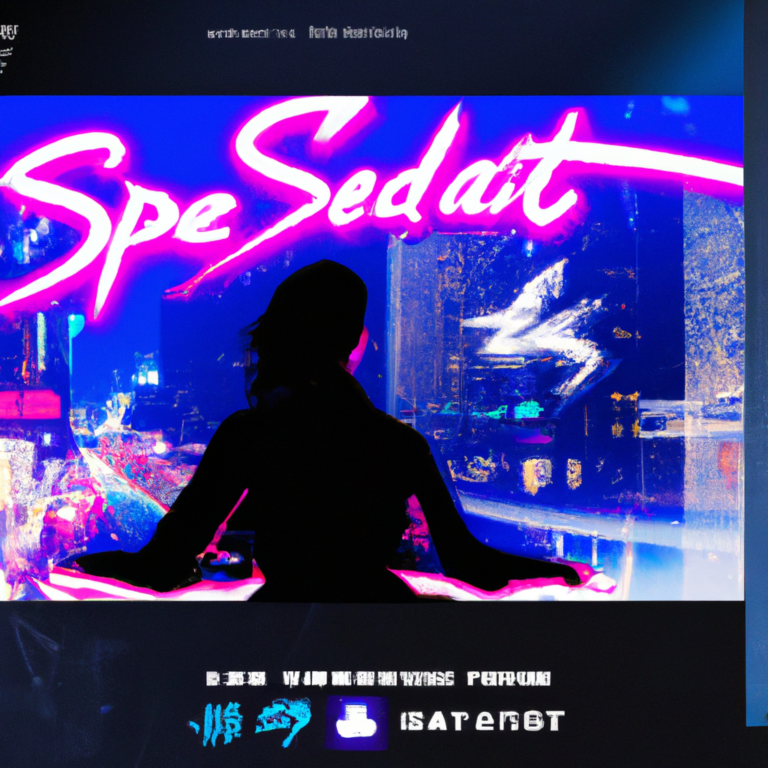“Designing for All: A Guide to Creating Inclusive and Diverse Games for Every Player”
As the gaming industry continues to grow and evolve, the need for inclusivity and diverse representation in game design has become increasingly important. Designing games that appeal to a wide range of players not only broadens your potential audience, but it also fosters a more inclusive and welcoming gaming community. In this blog post, we will discuss several key strategies for designing games that cater to diverse audiences and promote inclusivity.
1. Understand your audience
To design a game that is inclusive, it’s crucial to understand your target audience and their preferences. Consider conducting market research to identify the demographics and interests of potential players. This information can help inform various aspects of game design, from character creation to gameplay mechanics. Remember that your audience is diverse, and it’s essential to create a game that appeals to players of different ages, genders, ethnicities, and abilities.
2. Create diverse characters
Representation matters. To create an inclusive gaming experience, it’s essential to provide players with a diverse cast of characters. This includes different genders, races, ethnicities, and abilities, as well as diverse body types and ages. Creating diverse characters not only leads to a more engaging and relatable gaming experience, but it can also help foster empathy and understanding among players.
3. Consider accessibility
Creating accessible games is a crucial aspect of inclusive game design. To ensure that your game can be enjoyed by players of all abilities, consider implementing features such as customizable controls, adjustable text sizes, colorblind-friendly modes, and subtitles. It’s important to test your game thoroughly to identify any potential accessibility issues and work to address them.
4. Be mindful of cultural sensitivity
In an increasingly globalized world, it’s essential to consider the cultural implications of your game design. Be mindful of cultural stereotypes and avoid appropriating elements from other cultures without proper understanding and respect. By educating yourself and consulting with cultural experts, you can create a game that is respectful and enjoyable for players of all backgrounds.
5. Encourage positive community interactions
Fostering an inclusive gaming community requires more than just diverse game design; it also requires supporting positive interactions among players. Online multiplayer games, in particular, can benefit from implementing features such as robust reporting systems, clear guidelines for player behavior, and active moderation. Encouraging a positive and respectful gaming environment can go a long way in promoting inclusivity among players.
6. Seek feedback and iterate
As you develop your game, be open to feedback from players of diverse backgrounds. Seek out playtesters who can provide valuable insights on how your game’s design might be improved to cater to a broader audience. Be willing to iterate on your game design and address any issues that arise to create a more inclusive and enjoyable experience for all players.
In conclusion, designing games that are inclusive and cater to diverse audiences requires an understanding of your audience, thoughtful character creation, accessibility considerations, cultural sensitivity, fostering positive community interactions, and a willingness to iterate and improve. By following these strategies, you can create a game that is engaging and enjoyable for players of all backgrounds, helping to foster a more inclusive and diverse gaming community.






